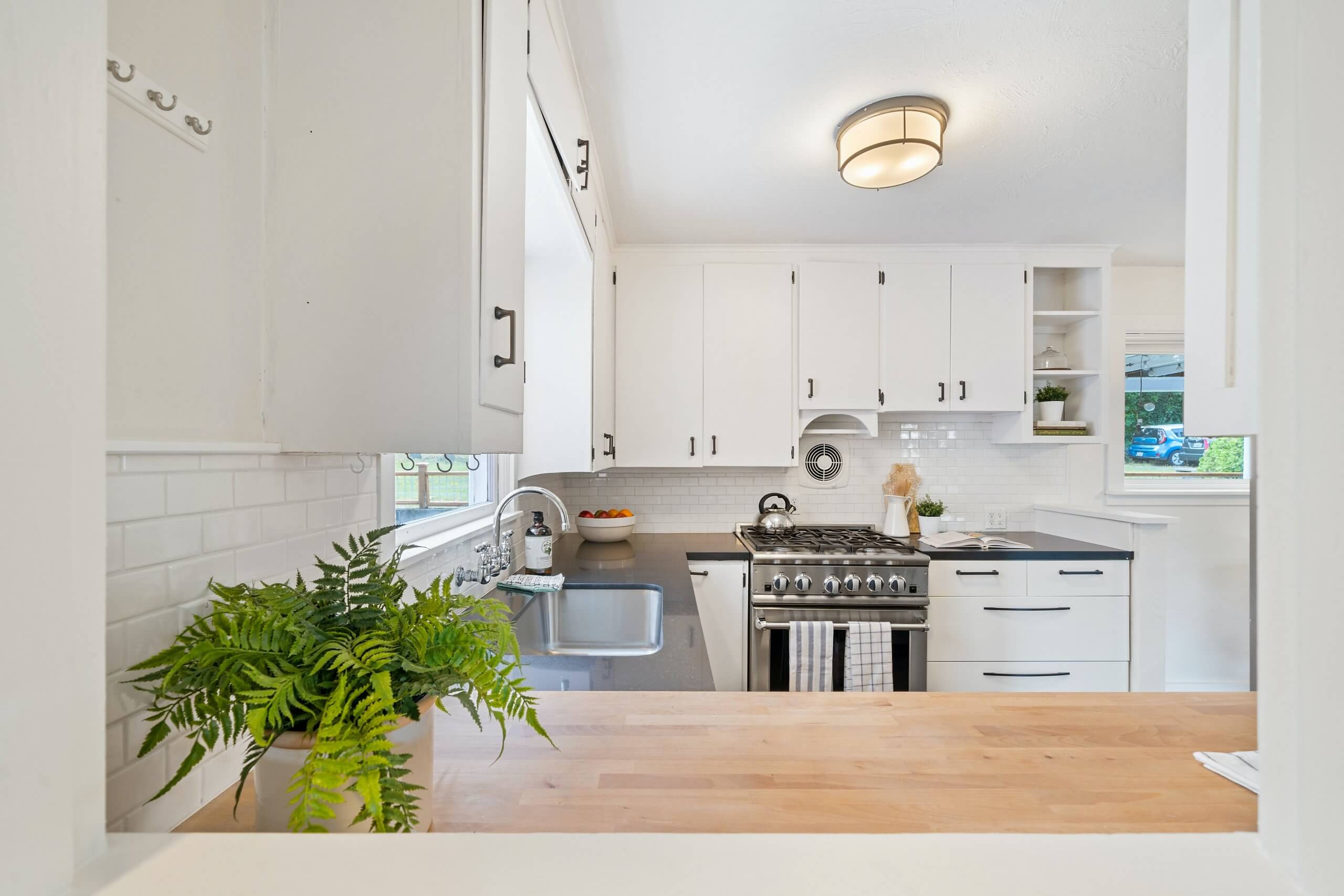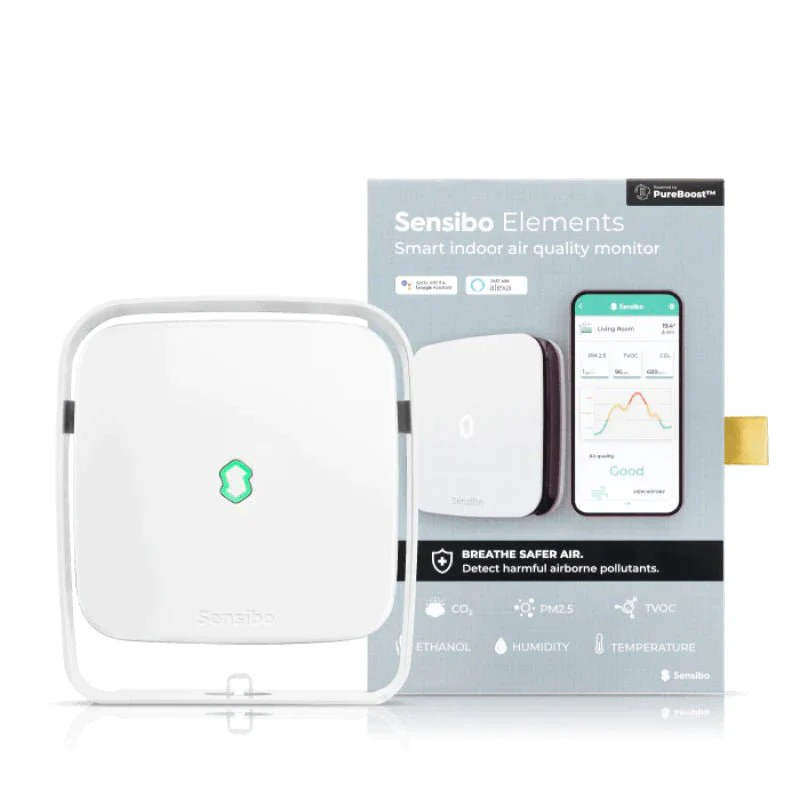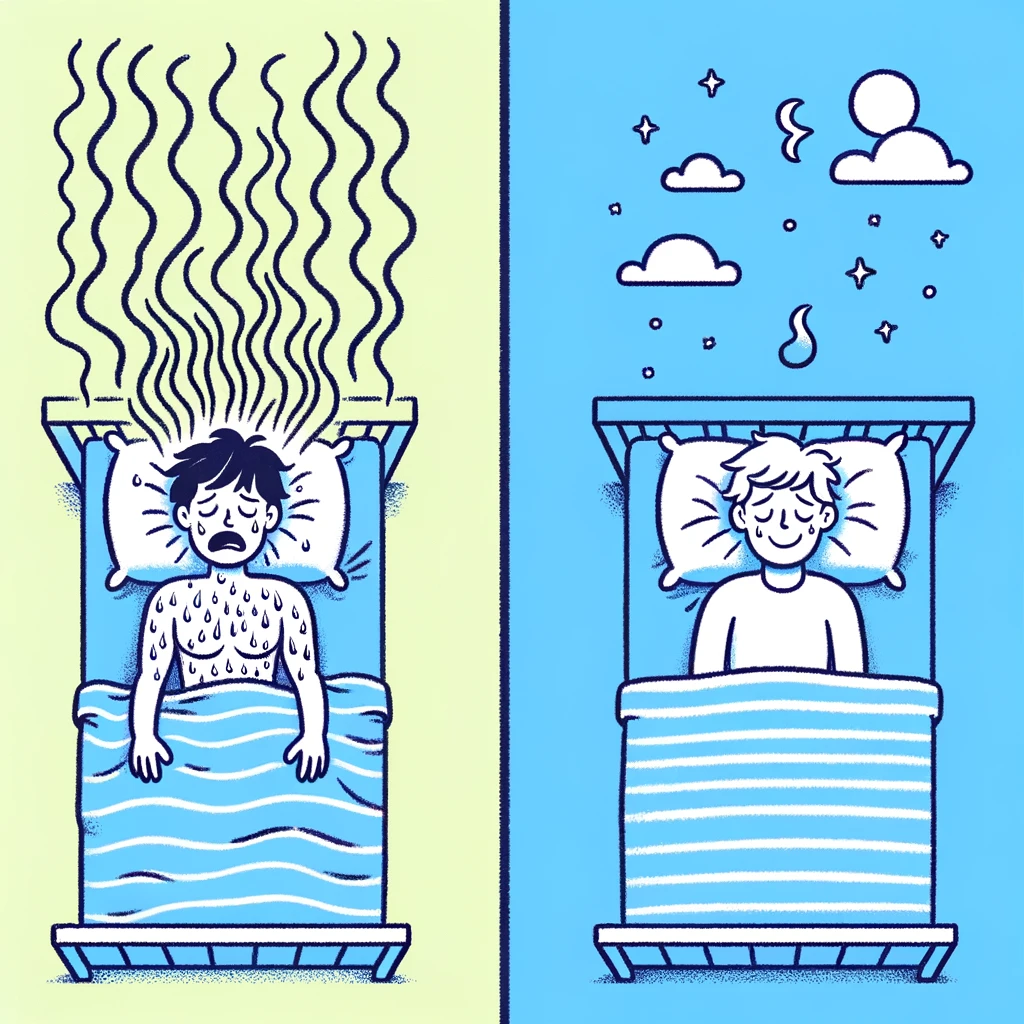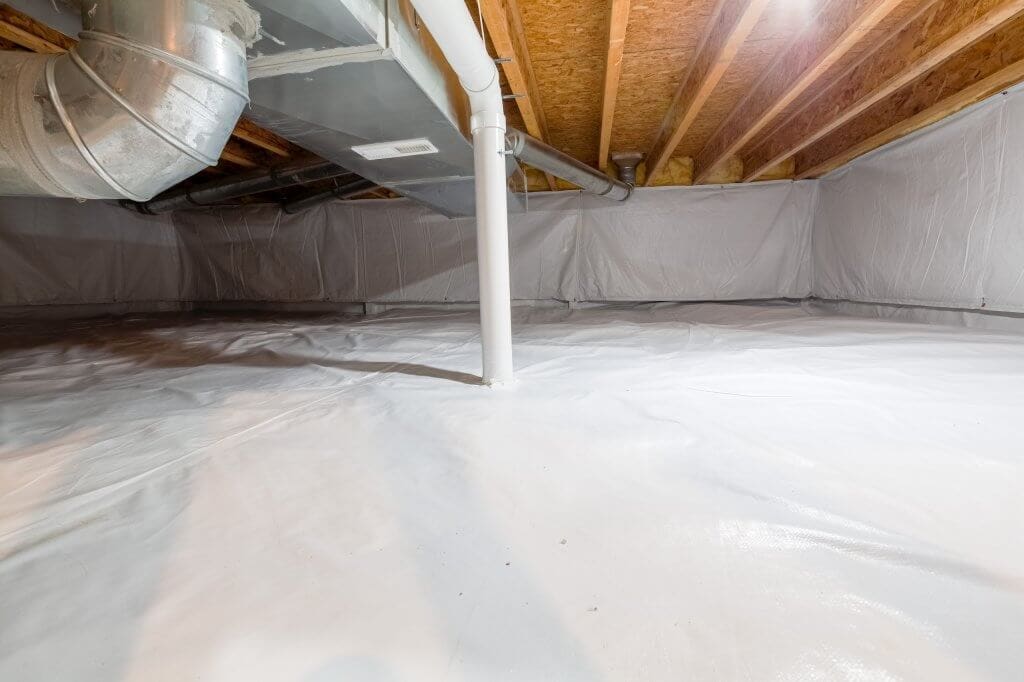If you’ve been keeping up with IAQ.Works for a while, then you’re familiar with the ideal 40–60% humidity range. If not, you can read more about the health and home benefits of this humidity range here. The key takeaway is? Low home humidity levels are anything that falls below 40%.
When indoor humidity falls below 40%, unwanted health symptoms can occur. This time in the form of nosebleeds, dermatitis and a dry cough. As for your home, static electricity and furniture deterioration are two of the most common signs of dry indoor air. Likewise, when indoor humidity rises above 60%, it can cause dehydration and exacerbate respiratory illnesses such as asthma. With regard to your home, high humidity may cause wood floors to warp, paint to peel and other noticeable indoor damage.
 High Home Humidity: Looking for more information about high humidity levels indoors? Check out this article that discusses the causes of high home humidity and how to solve it →
High Home Humidity: Looking for more information about high humidity levels indoors? Check out this article that discusses the causes of high home humidity and how to solve it →This is why maintaining the ideal mid-range is so important. There are significant disadvantages to both high and low humidity levels indoors.
What Is Humidity?
Have you ever felt a gust of moist air that takes your breath away on a warm summer afternoon? That is humidity. Humidity is a measure of the amount of water vapor present in the air. Water vapor is water in its gaseous state. Dry indoor air lacks moisture. Let’s take a look at several sources of low home humidity and how to resolve them.
4 Sources of Dry Indoor Air
Several factors cause and contribute to low home humidity levels. Natural ventilation, air conditioning and heating processes, dehumidifiers and insulation all determine how dry your home’s air is at any moment.
- Natural Ventilation: Natural ventilation is a simple and cost-free method of ventilation. All you have to do is open your doors and windows! Unfortunately, natural ventilation is not so beneficial when the weather is cold or the air outside is particularly dry. If your home is maintaining or struggling to maintain the ideal humidity range, it’s important to keep outdoor air outside.
- Excessive Air Conditioning and Heating: Air conditioners and heaters do not operate in the same way that dehumidifiers do. However, both have some dehumidification properties. That being said, if you run your air conditioner or heater for an extended period of time, you’ll find that the air in your home is dry and uncomfortable.
- Dehumidification: This may seem obvious, but your dehumidifier causes low home humidity. By nature, dehumidifiers remove water vapor from the air. It’s important to be mindful when using dehumidifiers, otherwise you’ll end up with excessively dry indoor air. Fortunately, most whole-home dehumidifiers are equipped with a humidistat. This allows the device to automatically detect when the ideal humidity has been achieved so that it may turn itself off.
- Poor Insulation: When your home is poorly insulated, the good stuff is going out and the bad stuff is coming in. In other words, moisture is leaving and dryness is entering as air exchanges. A properly insulated home with little to no holes or cracks has a better chance of maintaining the ideal indoor humidity range.
How To Increase Humidity Levels in Your Home
Avoid Natural Ventilation
We recommend mechanical ventilation in order to both properly ventilate your home and avoid low home humidity. Mechanical ventilation is an alternative whole-home solution that utilizes energy recovery ventilation or heat recovery ventilation processes. While natural ventilation is easy and cost-effective (initially), it’s unpredictable and it may cost you money in the long run. What do we mean by this? Well, it’s hard to tell how dry outdoor air is at any given moment. And, if you’re using a device such as a humidifier, opening the windows and doors will not only ruin the indoor environment you’ve created, it will be a waste of the money used to create the said environment.
Reduce Air Conditioning, Heating and Dehumidifier Use
As aforementioned, these three devices contribute to low home humidity in a big way. When using these devices, it’s important to keep an eye on how long and how intensely they’ve been running. For example, if you live in Arizona and turn on your air conditioner when it’s 100 degrees Fahrenheit outside, there’s nothing wrong with that! However, the lower you set your air conditioner, the dryer the air becomes. The difference between the two temperatures is too extreme and your air conditioner will work too long and too hard to achieve the latter. In residential settings, system overuse can result in dry indoor air.
Invest in Humidification
A whole-home humidifier is life-changing for those struggling with excessive dryness indoors. It adds just the right amount of moisture to the air in your home without creating a sticky atmosphere. How is that possible? The device monitors itself with the help of a humidistat. As aforementioned, a humidistat detects the humidity level. Once the ideal range is reached, the device automatically turns itself off.
Insulate Your Home
First and foremost, properly insulate your home. In other words, this is a job for a professional. If you find that you’re still having trouble, your home may require more insulation or air tightening steps. Insulation and weather-stripping are important because it prevents air from escaping or entering unintentionally.
Combat Low Home Humidity
Some homes are more prone to excessive dryness than others due to location. However, any homeowner can experience low home humidity at any point in time. That’s why it’s important to understand the causes and the solutions. Nobody wants to be uncomfortable in their own home, which is why more homeowners across the country are taking action. Improve your home’s air quality and indoor comfort with whole-home humidity control solutions.





